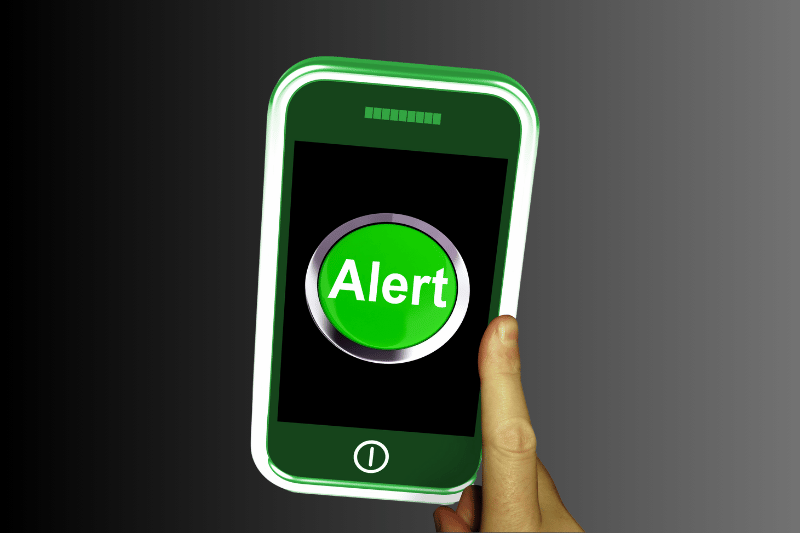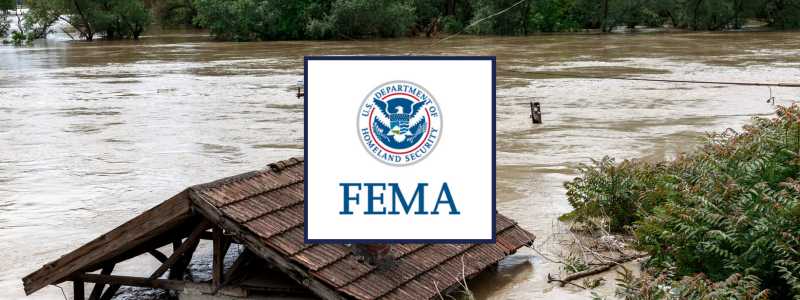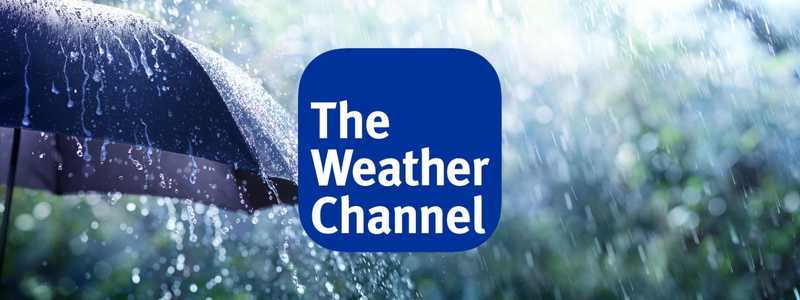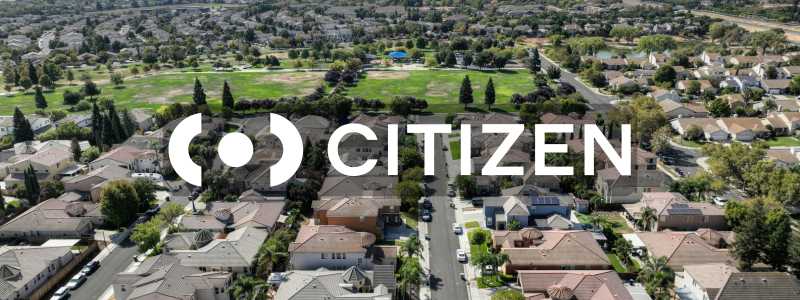How to Stay Informed with Emergency Alerts
Today, the United States has a robust alert and warning system in place. It is named the Integrated Public Alert and Warning System (IPAWS). It was established under federal authority following Hurricane Katrina, when various alert systems suffered significant failures. The new system took the existing alert systems and integrated them into one modern network and included the newer forms of communication such as cell phones and the Internet. Since its creation, this new system has been successfully used by federal, state, local, and tribal authorities to send critical alerts and warnings within their jurisdictions.
There is no opt-in required to get alerts from the IPAWS alert system.
Emergency Planning
Who Issues the Warnings?
Alerting authorities come from both local and national sources. All work together to make sure you can receive alerts and warnings quickly through several different technologies no matter where you are–at home, at school, at work, or in the community.
- Local Police and Fire
- Emergency Managers
- National Weather Service (NWS)
- Federal Emergency Management Agency (FEMA)
- Federal Communications Commission (FCC)
- National Oceanic and Atmospheric Administration (NOAA)
- Private Industry
Why Getting Alerts & Warnings are Critical
Getting alerts and warnings from local, state, and national sources is crucial for several reasons.
- They provide timely information about potential threats ranging from weather warnings to public health alerts.
- These alerts often provide guidance on what actions to take, whether it’s to evacuate, seek shelter, or avoid certain areas.
- They help to keep the public informed about ongoing situations, providing updates and changes as they occur. In essence, these alerts and warnings play a vital role in public safety and disaster management.
Emergency Planning
IPAWS
The nation’s alert and warning system works within a framework named the Integrated Public Alert and Warning System (IPAWS). This infrastructure facilitates all alerts that go out to the American people.
Alert Categories
All alerts sent out through the system fit into one of three categories:
- Presidential
- Amber
- Imminent Threat
Three Alert Systems
Using this interface, there are three separate alert system organizations:
- Emergency Alert System (EAS)
- Wireless Emergency Alerts (WEA)
- NOAA Weather Radio All Hazards (NWR)
#1 Emergency Alert System (EAS)
The EAS is a national public warning system.
- Broadcasters, satellite digital audio services, direct broadcast satellite providers, cable television systems, and wireless cable systems deliver state and local alerts on a voluntary basis, except for mandatory Presidential alerts.
- They are required, however, to deliver Presidential alerts, which enable the President to address the public during a national emergency.
- The system may also be used by state and local authorities to deliver important emergency information such as weather information, imminent threats, amber alerts, and local incident information targeted to specific areas.
- FEMA and the FCC are responsible for national-level tests and exercises. It is also used when all other means of alerting the public are unavailable.
#2 Wireless Emergency Alerts (WEA)
Wireless Emergency Alerts are short emergency messages from authorized federal, state, local, tribal, and territorial public alerting authorities that can be broadcast from cell towers to any WEA‐enabled mobile device in a locally targeted area.
- These alerts can be sent by state and local public safety officials, the National Weather Service, the National Center for Missing and Exploited Children, and the President of the United States.
- Look like text messages but are designed to get your attention with a unique sound and vibration repeated twice.
- There are no more than 360 characters and include the type and time of the alert, any action you should take, and the agency issuing the alert.
- They are not affected by network congestion and will not disrupt texts, calls, or data sessions that are in progress.
- You are not charged for receiving Wireless Emergency Alerts and there is no need to subscribe.
- For those with access and functional needs, many messages are TTY/TDD compatible, and many devices have accessible accommodations.
#3 NOAA Weather Radio All Hazards (NWR)
The NOAA Weather Radio All Hazards, or NWR, is a nationwide network of radio stations broadcasting forecasts, warnings, and emergency information 24 hours a day
- It is a comprehensive weather and emergency information service available to the public.
- All-hazards messages include weather events, technological incidents like chemical spills, amber alerts, and national emergencies.
- NWR also broadcasts EAS notices.
- While the service is free, using a NOAA Weather Radio All Hazards receiver requires a purchase. Be sure to buy one that displays the Public Alert or NWR logo to confirm it meets technical requirements.
Emergency Planning
How to Opt-In
While IPAWS is a common system used across the country and is used by various local jurisdictions and does not require opt-in, there can be other alert systems in place at the local level that may require residents to opt-in.
These could include systems for sending alerts via email, text message, or specific apps. In these cases, residents would need to provide their contact information and select the types of alerts they wish to receive.
To stay informed about emergencies in your area, follow these steps to check if your community has an alert system that requires you to opt-in:

1. Contact Your Local Authorities:
- Reach out to your local government offices, such as the county sheriff’s department or city hall, to inquire about available alert systems and opt-in requirements.
- Phone numbers and email addresses for these agencies are often listed on their official websites.
2. Visit Local Government Websites:
- Check the websites of local agencies, such as the county emergency management office or public safety department. Look for sections titled “Emergency Alerts,” “Public Safety Notifications,” or similar.
- Many websites provide step-by-step instructions or direct links to sign up for alerts.
3. Check Statewide Resources:
- Some states offer centralized emergency alert systems. Visit your state’s emergency management website to see if they provide information on local alert systems or allow you to sign up directly.
4. Use Social Media or Community Platforms:
- Follow your local authorities on social media platforms (e.g., X, Facebook) as they often post updates on how to sign up for alerts.
5. Verify Your Registration:
- After signing up, confirm you’re properly registered. Some systems may send a test alert or confirmation email. Follow any additional steps as needed.
Emergency Planning
Downloading apps to your phone is a smart way to stay updated on rapidly changing events that can impact your community. From weather alerts to emergency prep training, emergency apps offer a lot of information that can inform you and help you keep your family safe. Once downloaded, remember to go into the settings of each app to set up alerts to your liking. Here are just a few.

- Get information from FEMA on how to prepare for common hazards, including building an emergency kit, creating a family communication plan, and knowing what to do after a disaster.
- Receive real-time weather and emergency alerts from the National Weather Service for up to five locations nationwide and locate nearby shelters in case of evacuation.
- You can also check eligibility for FEMA assistance and find disaster recovery center locations in your area.

- The Red Cross app lets you customize up to 40 different weather alerts, monitor five saved locations plus your current one, and override Do Not Disturb settings for critical updates.
- Track conditions using six different weather overlays, and easily find open Red Cross shelters with the interactive map.
- Access step-by-step preparedness guides tailored to your local risks, with a to-do list so you know exactly what actions to take.

- The Weather Channel app is well known for comprehensive weather forecasting and storm tracking.
- Get alerts for expected severe weather, including storms, hurricanes, earthquakes, wildfires, and snowfall amounts — plus relevant breaking news coverage.
- The app offers hourly, 10-day, weekend, and month-ahead forecasts to help you plan ahead no matter the season.

- Life360 offers real-time location sharing with loved ones, two days of location history, and the ability to set up place-based alerts — for example, when your kids leave school or arrive home safely.
- Free membership includes features like SOS alerts, family driving summaries, and tracking for two saved locations.
- Paid upgrades unlock 30 days of history, unlimited alerts, crash detection, and 24/7 roadside assistance.

- Citizen is a real-time safety app that alerts users to nearby emergencies, drawing on 911 activity and user reports. It includes livestreaming and an optional Protect feature that connects you with trained safety agents.
- It can be especially useful in urban settings or unfamiliar locations, offering early awareness of unfolding incidents.
- The app requires location access and may contribute to alert fatigue in some users. Still, it’s a helpful option for staying informed when paired with sound judgment.

- bSafe allows users to build a trusted circle of contacts who can track their location and receive alerts during emergencies. Voice-activated SOS, live video, and check-ins offer both reassurance and rapid response options.
- Designed for solo commuters, travelers, and students, the app offers tools that are easy to activate discreetly if needed.
- Though it requires some initial setup, bSafe’s mix of proactive and reactive features makes it a strong choice for personal safety.
